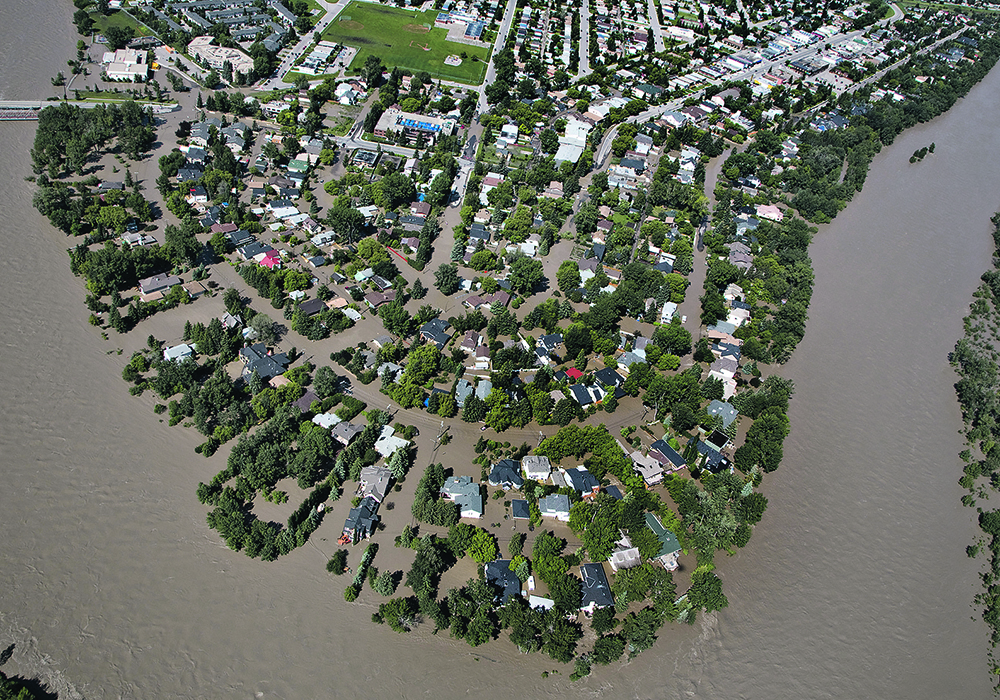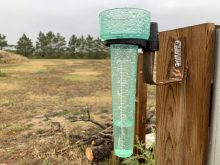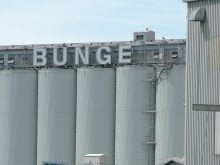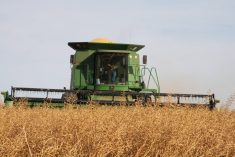Province’s Natural Resources Conservation Board approves project despite opposition from concerned landowners group
Alberta’s Natural Resources Conservation Board has approved an off-stream reservoir despite concern from area residents.
The Springbank Off-Stream Reservoir has been deemed in the public interest to provide flood protection for Calgary.
According to an NRCB news release, the board considered the effects of the project during a thorough review process that included 11 days of virtual hearings.
“The board found that the project’s considerable positive social and economic effects outweigh adverse economic, social and environmental effects,” the news release said.
Alberta Transportation, the project proponent, will have to meet commitments it made in its application as well as conditions imposed by the board that are to mitigate any significant environmental effects.
Read Also
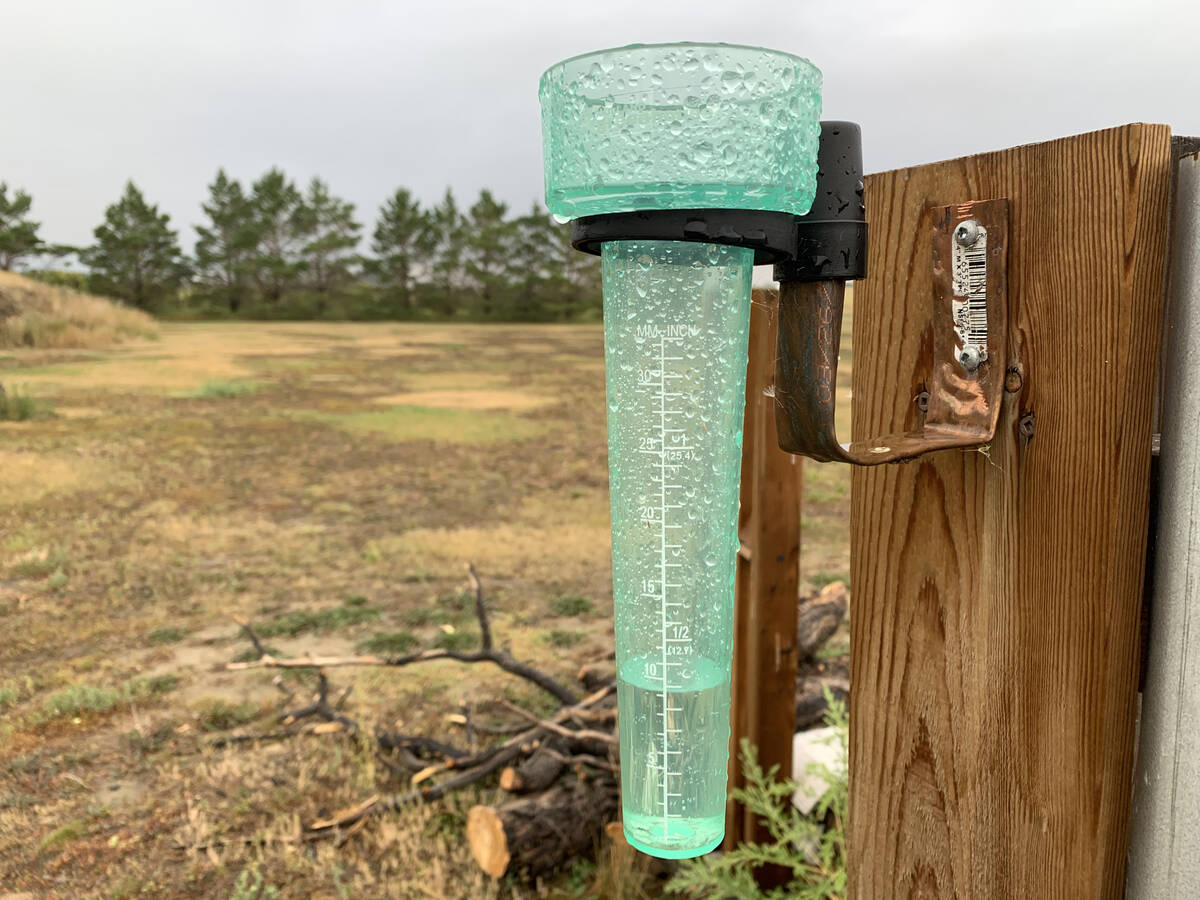
Southeastern Prairies get drought relief in September
September drought monitor from Agriculture and Agri-food Canada shows welcomed precipitation in coastal B.C. and southeastern prairies
The Springbank Community Association and a concerned landowners group opposed the project, which was proposed after the 2013 flood that devastated parts of Calgary and surrounding communities and killed five people. Damages to homes and infrastructure totalled about $5 billion. Without flood protection, the repeat of a similar event would put $1.5-billion worth of infrastructure at risk.
During a flood, water would be diverted from the Elbow River into the reservoir near Springbank Road and Highway 22 about 15 kilometres west of Calgary. Some flood water will be diverted into the Glenmore Reservoir. After the risk drops, the water would be returned to the river.
But landowners say not everyone will receive the same level of flood protection and they are concerned about environmental effects of the project.
A report on environmental considerations done by Cliff Wallis, a biologist and consultant for the opponents, said there are key biodiversity risks, including that the project is located in a landscape of conservation significance, is in contravention of the South Saskatchewan Regional Plan consideration that portions of the project will disturb native grassland and is in contravention of Alberta’s Wetland Policy because wetlands and streams will be permanently lost.
He said the plan didn’t adequately address cumulative effects, considering that the Foothills Parkland Natural Subregion has already been modified.
“A lack of attention to the ecological effects of capture of all flood events over 160 cubic metres per second on downstream riparian habitats and ecological functions of major flood events is a significant omission,” he wrote in his report.
He recommended the project not be approved as proposed to capture all floods greater than 160 cubic metres.
“If the project is approved, consideration should be given for allowing larger flood events to pass,” he said. “If the project is approved, immediate sediment removal following floods should not be a condition of approval.”
However, the NCRB deemed the project to be of low to negligible environmental impact.
Long-time rancher Marshall Copithorne, who has land near the project, said he didn’t question the need for flood mitigation but the project as proposed was not the correct solution. He said too much money would be spent “building a mud hole” when it could have been better spent on developing a water resource that would last.
“Why wouldn’t we put that huge investment and all our resources into a project that will serve this province and this community for the next 100 years,” he said during the hearings in March.
He also expressed concern that urban residents deemed their private property more important than that of rural residents and agricultural producers.
The project is still subject to further approvals, including several federal agencies.
It is expected to cost about $340 million for construction and $140 million to acquire land.


